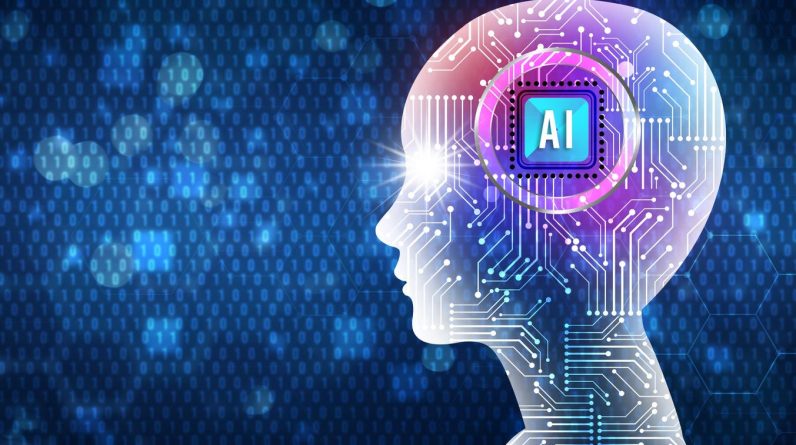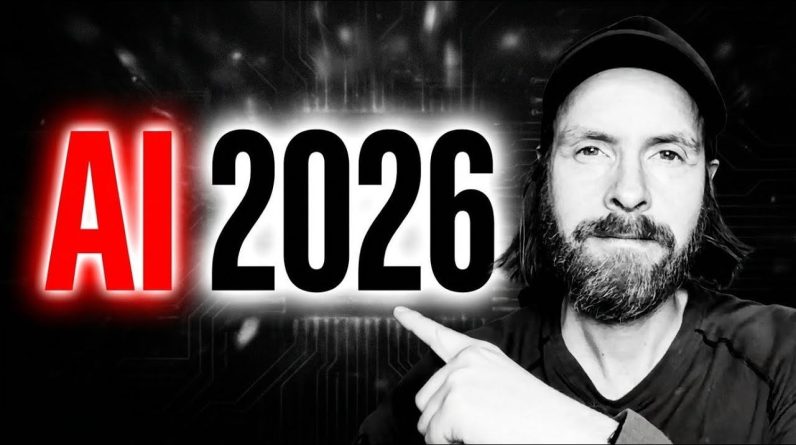
Lori Schafer is CEO of Digital Wave Technology, an AI/GAI-native platform for master data with RAD for unified enterprise solutions.
As AI adoption accelerates, many consumer-facing companies are leveraging it to automate individual tasks. But a new wave of functionality is taking shape: autonomous action. Agentic AI, or enabling AI systems to perceive goals, plan sequences of actions, collaborate with other agents and adapt results in real time, is the next step.
To be fair, AI automation is already a massive time and money saver for companies, but autonomous collaboration could bring even more benefits to brands. According to a PwC study, “specialized AI agents are already delivering productivity and speed-to-market boosts of 50% or more” in software development, customer service and drug discovery. The study also predicts AI agents will revolutionize how businesses operate within the next 12 to 24 months.
Agentic AI marks a dramatic paradigm shift for businesses, and going from automation to an autonomous enterprise ecosystem takes work. To make that leap forward, companies will need to reassess their technology architecturally and prepare their organization culturally.
Defining Agentic AI
Understanding agentic AI means recognizing that AI agents aren’t just reactive tools; they’re proactive collaborators capable of setting goals, executing complex workflows and communicating with other agents or humans across systems.
By comparison, traditional AI focuses on answering questions or summarizing information, whereas agentic AI goes further, performing tasks, initiating workflows and interacting with software. A good way to think of it: Traditional AI or large language models (LLMs) are the brain. The technology processes information and recommends insights. Agentic AI is the hands and feet. The agents are tools designed to execute complex, governed tasks autonomously, accelerating operations with trust.
LLMs, robotic process automation bots and generative AI copilots act more like assistants to business users, but a truly goal-oriented, self-directed AI agent can operate across departments and data systems without human prompts. Agentic AI can string tasks together and automate an entire process.
Examining Potential Use Cases Of Agentic AI
If agentic AI is a force multiplier for enterprise productivity, what does that look like in certain industries? Two examples of agentic AI for a CPG brand include:
• Optimizing A Snack Brand Promotion: A snack brand planning a one-week, omnichannel campaign can use agentic AI to identify that a “two for $6” promotion on specific SKUs will drive the best results, while also generating projected sales lift.
• Rewriting Product Copy: If new national food safety guidelines require replacing the word “organic” with “natural,” agentic AI can rewrite product copy across affected SKUs, export updated content and alert the marketing team.
Beyond retail and CPG, agentic AI supports healthcare, hospitality and any industry that is looking to automate regulatory workflows, manage supply chains and coordinate marketing campaigns. The autonomous function provides companies with the ability to execute entire multistep processes, not just single tasks. This is where agentic AI delivers its most strategic value.
What’s Needed Now To Leverage Agentic AI
To prepare for the evolution of AI toward autonomous ecosystems, companies will need, first and foremost, a tech architecture that supports agentic AI. This requires a robust, scalable and secure architecture that includes unified data and extensible solutions. A company’s tech framework must be capable of handling real-time data and batch processing quickly.
At the same time, the agentic AI component of the system needs to have a reasoning engine, governed decision making logic and context awareness to take relevant action. Supporting this capability requires a flexible ecosystem of APIs and microservices, workflow automation, cloud computing and many other elements all working together to enable agentic functionality. Ultimately, companies need a hybrid or composable architecture that isn’t rigid and is able to update software and plug-and-play solutions as needed to support agentic AI.
Leaders need to invest in modular, agent-ready infrastructure and build internal teams with multidisciplinary expertise to manage the architecture. These teams should bring together knowledge of AI, data science, operations and ethics, and be able to rethink workflows as orchestrated collaborations between people, systems and AI agents.
Adopting agentic AI is as much a cultural shift as a technical one. Teams must learn to work alongside AI agents in a governed, collaborative way that doesn’t create chaos, but keeps the AI agents producing accurately to accelerate workflows.
Getting Ahead With Agentic AI
It’s fair to say that most executives have only just wrapped their heads around AI copilots, yet agentic AI is already right before their eyes. In this next evolution of AI, agents and autonomous collaboration can push CEOs and their companies to get ahead of the curve, accelerating workflows and sparking executive-level conversations around readiness, risk and opportunity.
Agentic AI can make companies more competitive not just through automation, but by amplifying human potential. Those who embrace this shift early can gain a measurable edge as workflows evolve, collaboration deepens and innovation accelerates.
Companies can start their agentic journey by building a culture that understands the capabilities and ethics of AI. Then, provide flexible tools that support intelligent, real-time orchestration. Through unified data and adjustable tech architectures, companies can tap into AI agents that automate immediate tasks, write code and support improved collaboration across departments. The evolution of AI starts now.
Forbes Technology Council is an invitation-only community for world-class CIOs, CTOs and technology executives. Do I qualify?








